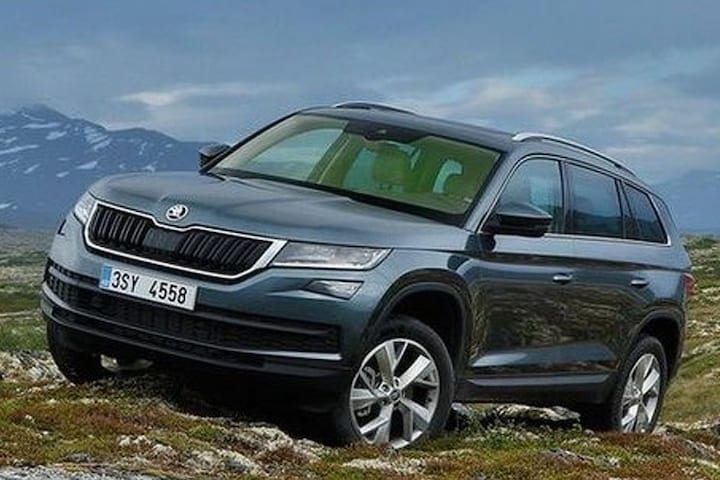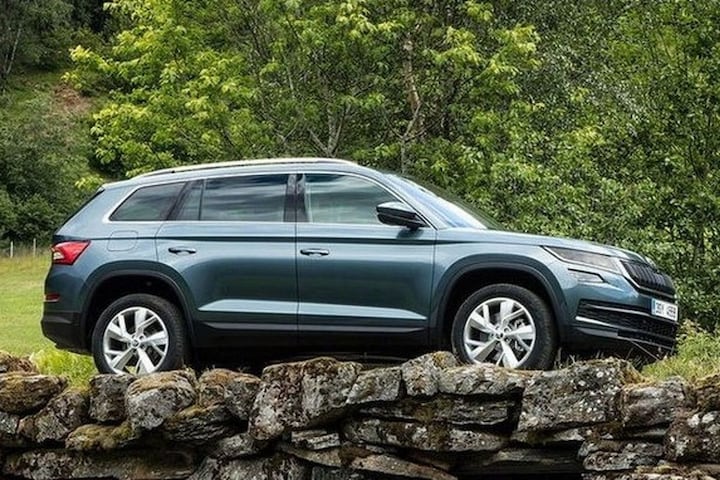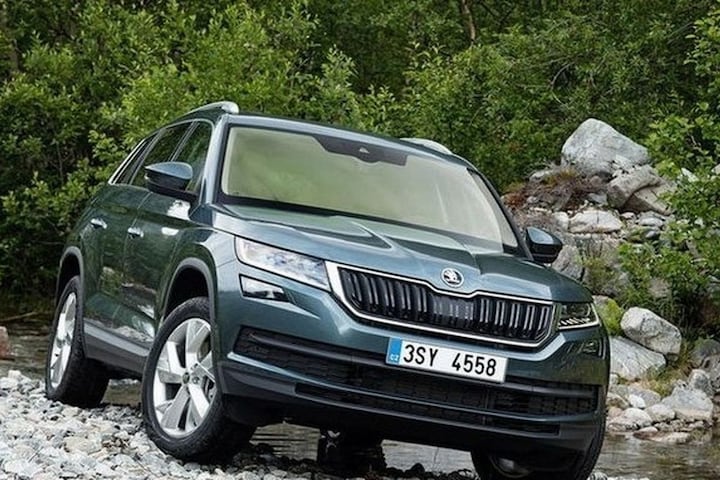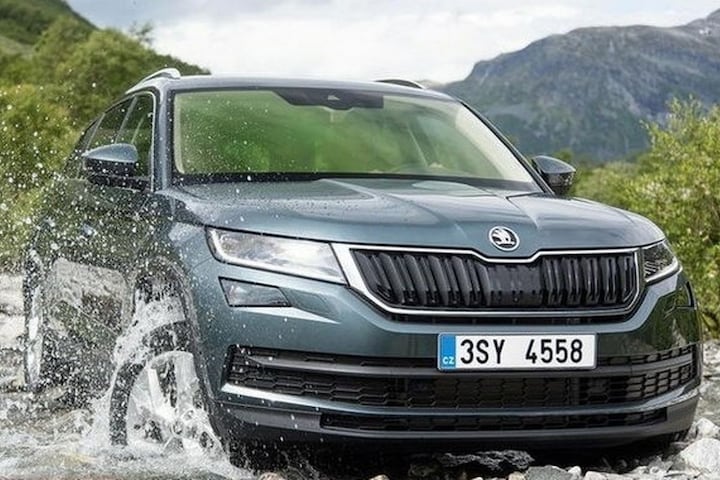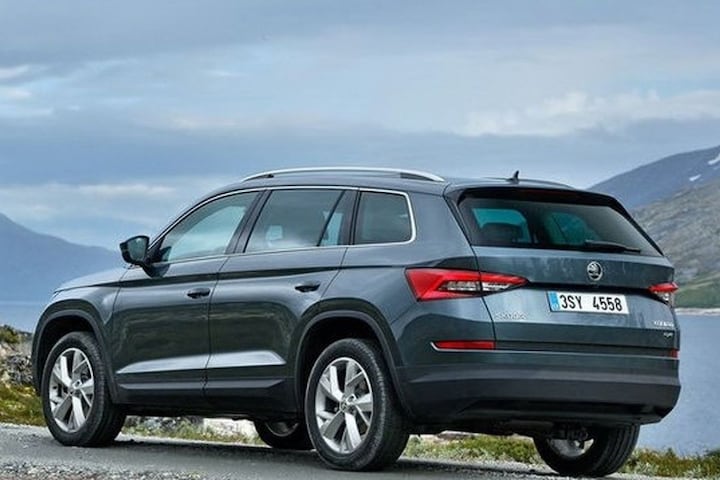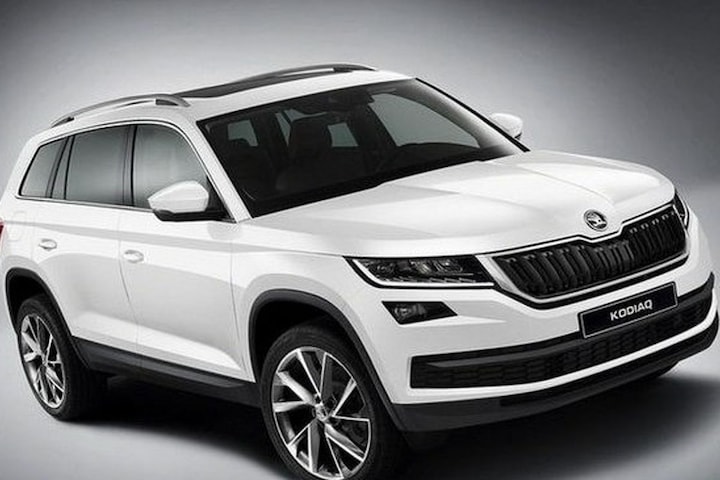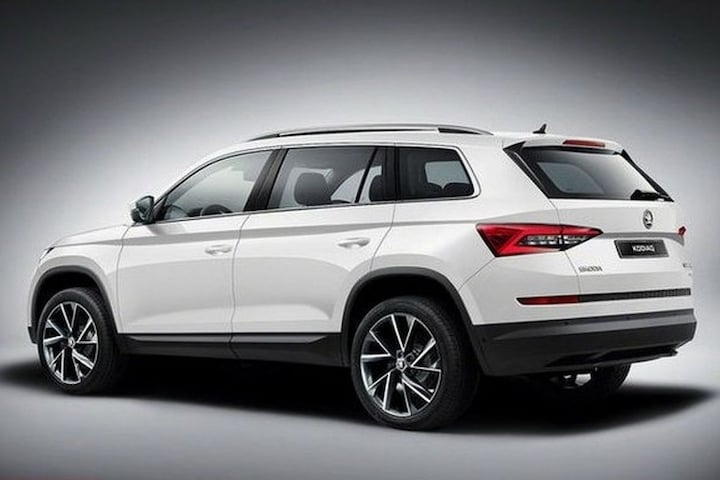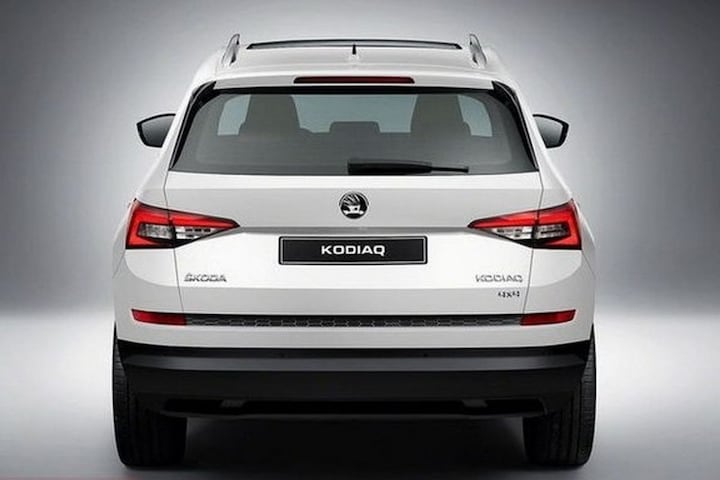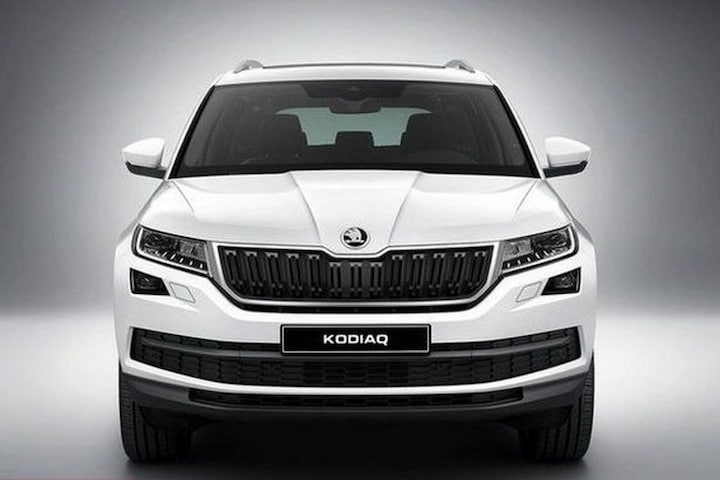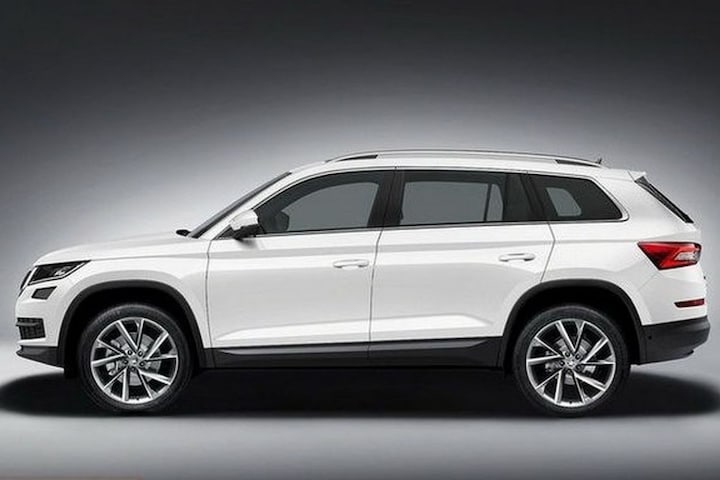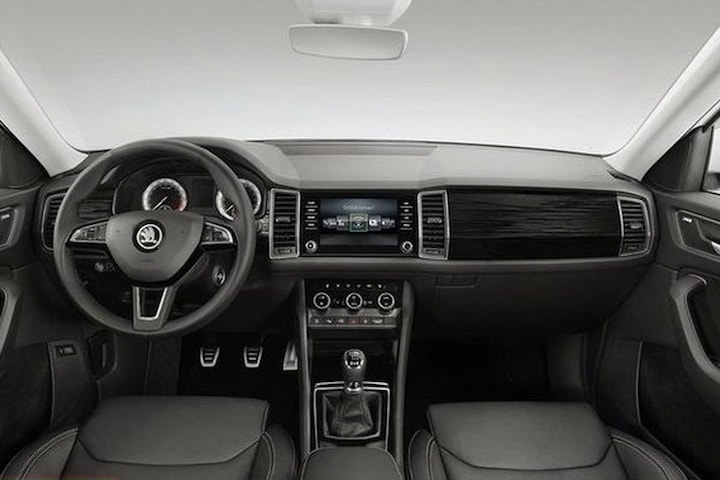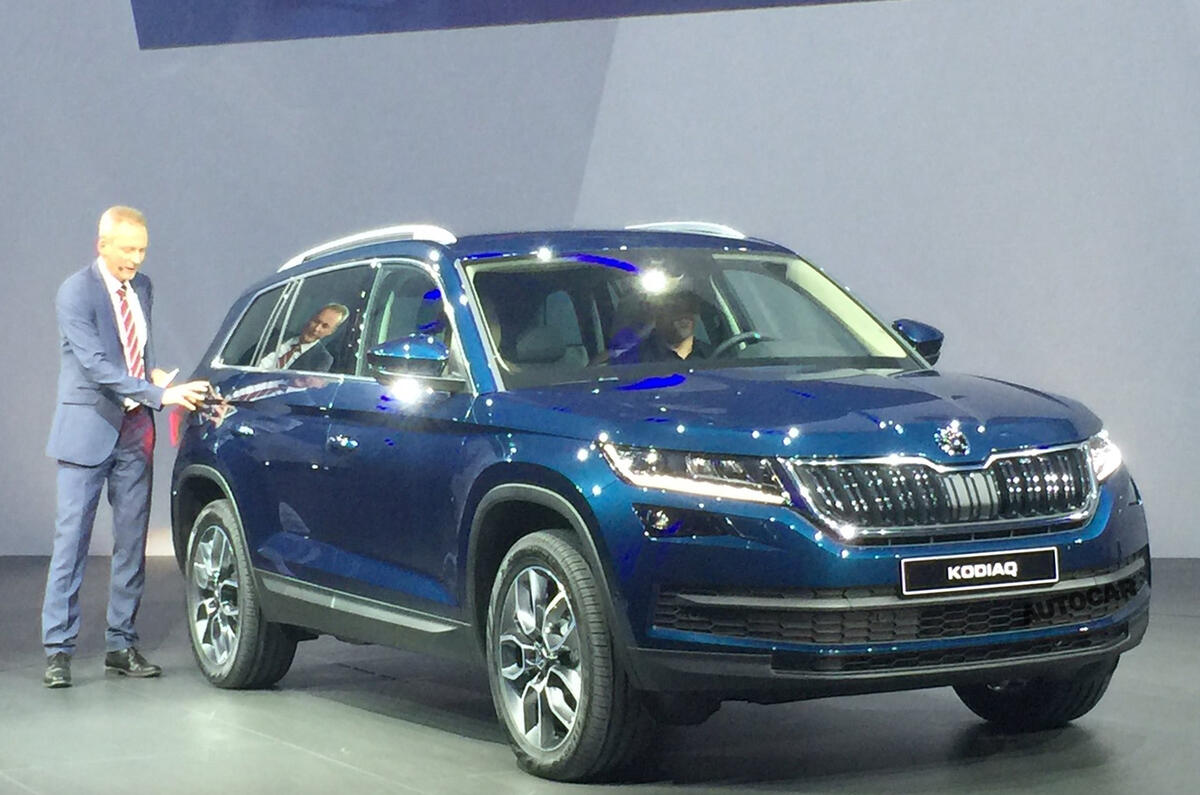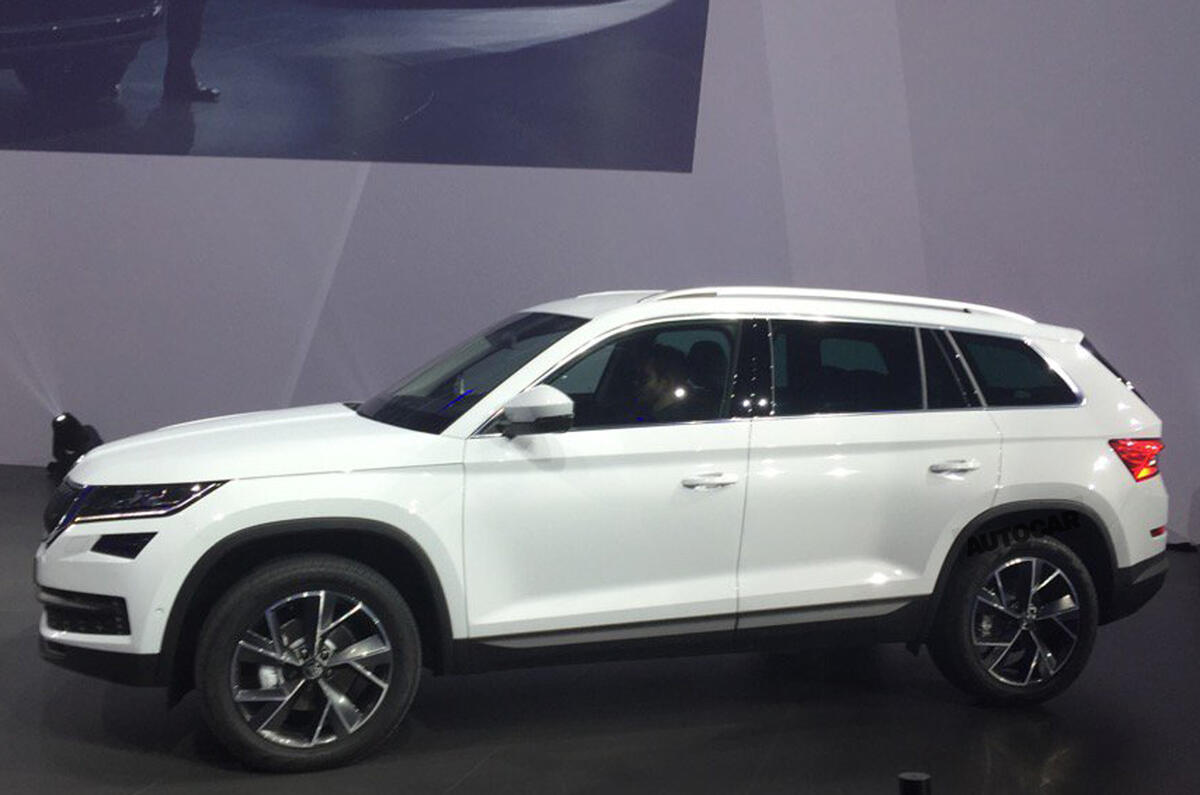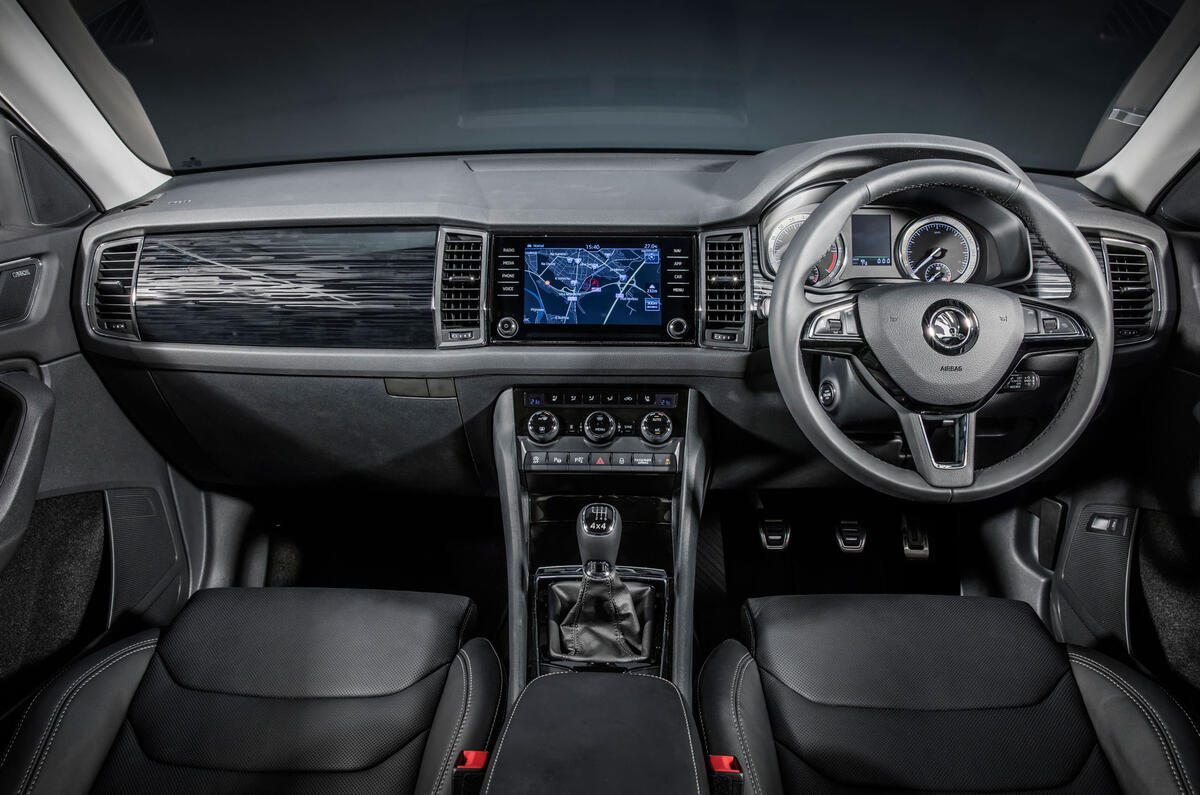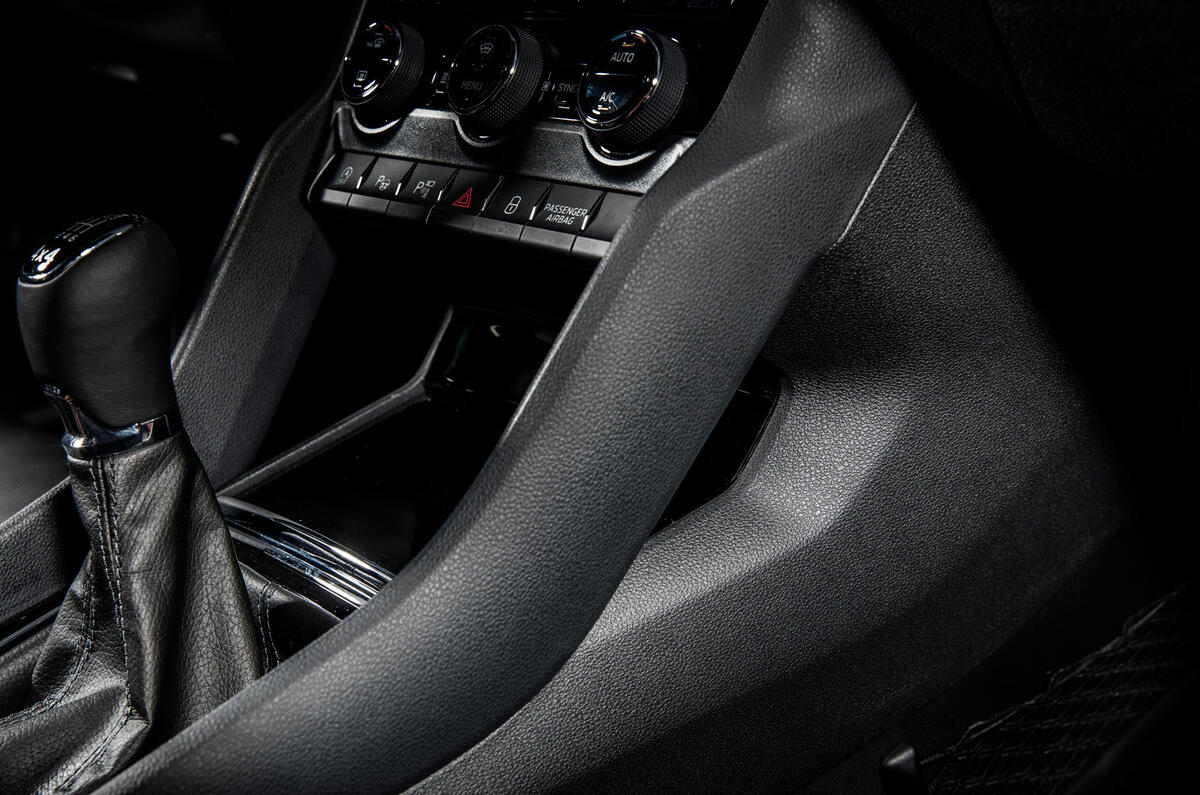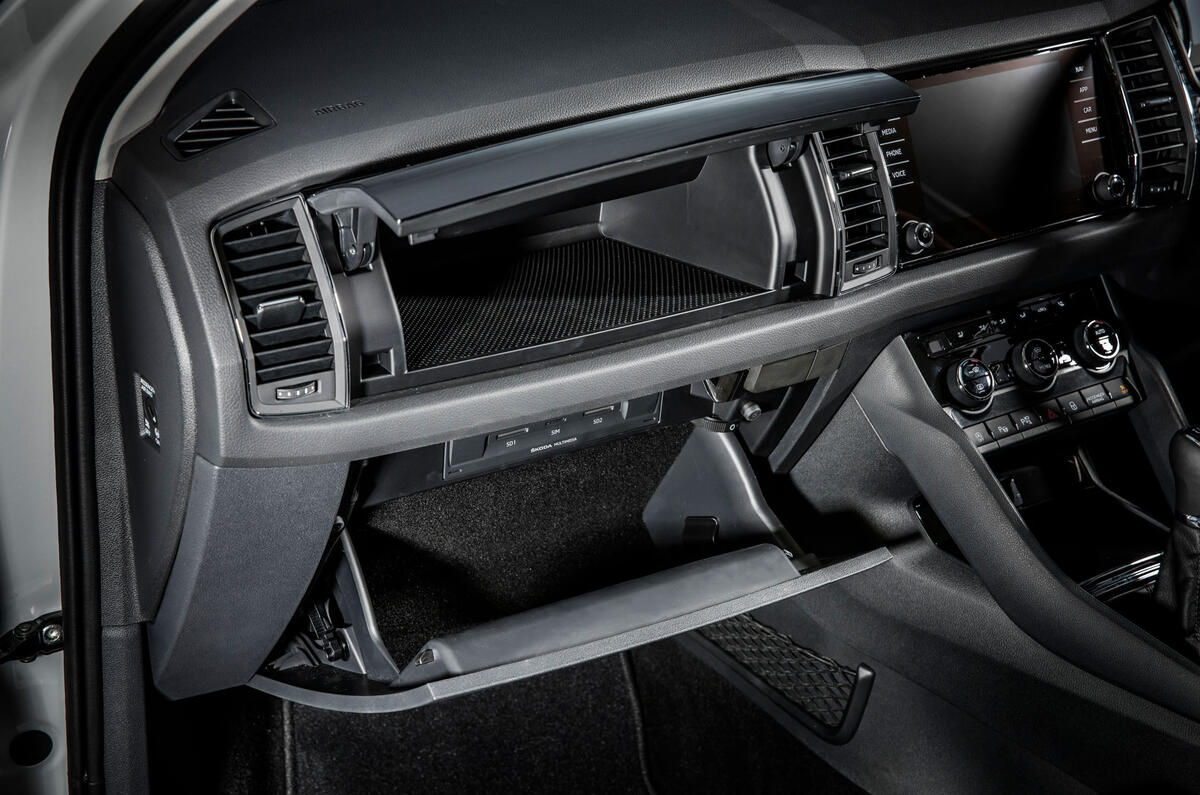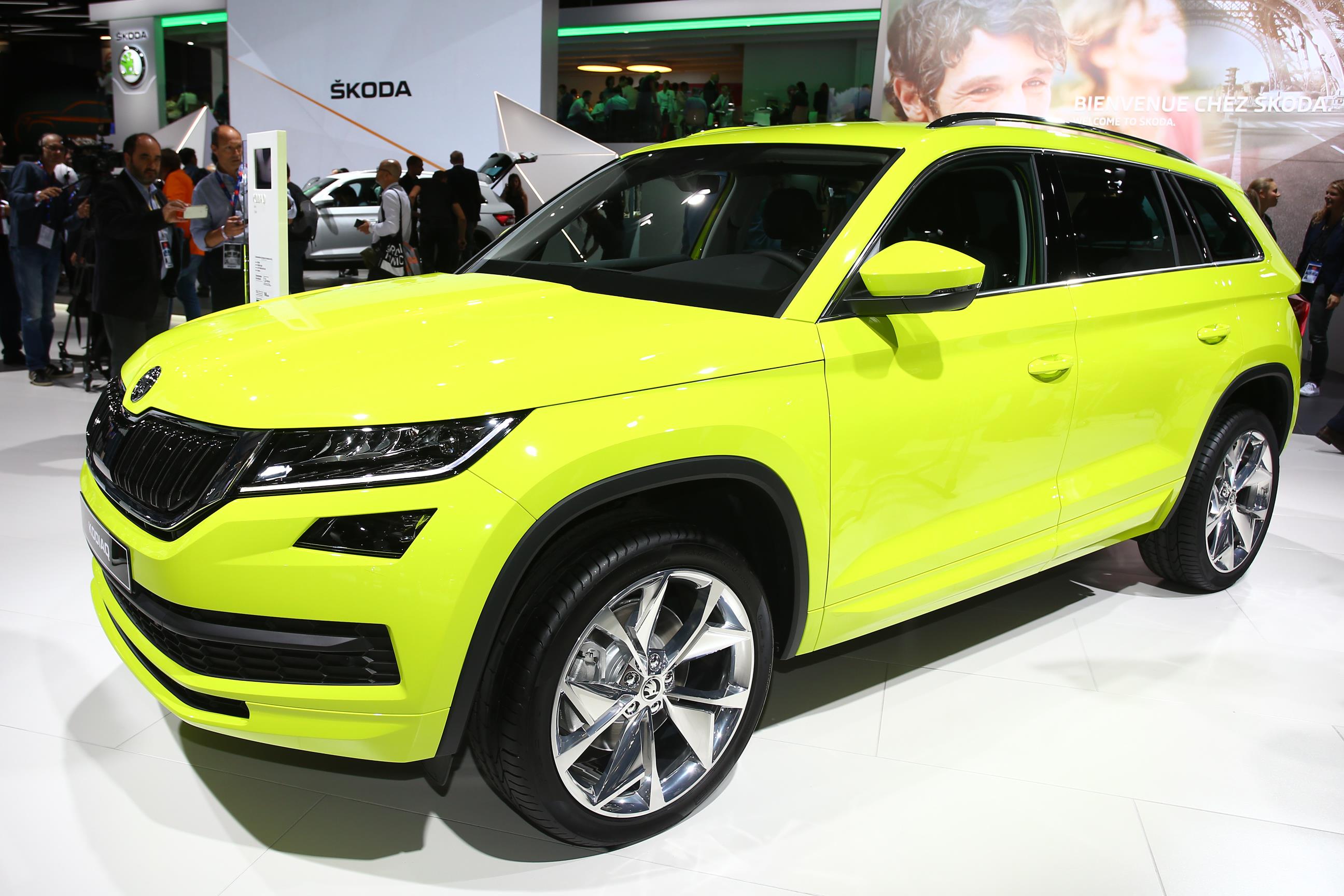[size=x-large]First Sight: Skoda Kodiaq[/size]
[size=medium]“The SUV has changed a lot from past cars based purely on utility and functionality – today we’re facing a world full of very attractive, emotional and elegant-looking cars,” says Jozef Kabaň, Skoda head of design. Speaking with CDN in an exclusive studio interview prior to the Kodiaq’s unveiling in Berlin this week, he explained that: “We all knew that we needed a car which has a certain charisma, a certain character. But we knew from the beginning that it will need to be a true Skoda, therefore it needed to have certain attributes of functionality. It should stand for something. We are looking for a very strong balance between the rationality, between function and aesthetic.”
While the Kodiaq maintains many of the values of the highly successful and acclaimed Yeti, its versatile interior in particular, the design of this large SUV is as much a development from that of the latest Superb and Octavia. “We knew that we wanted to keep this genetic link, but creating another, its own, language,” Kabaň says. It is clear too, over the course of our conversation, that he takes Skoda’s 120-year heritage very seriously, seeing his role as one of custodianship of the brand.
“Of course we are one of the oldest car manufacturers in the world, and it is important that we show this connection to the past,” he says. “For example, the vertical grille, something we continue putting into all our cars. But we would like to have not only the historical touch, but a connection to the place where the cars are born. We are making this connection with the Czech glass, where we are trying to treat not only the lights and the glass in a special way, but also the surfaces – a little bit clearer, sharper, more sophisticated. What is important for us in this design language as well is that we have a link to the limousines [Superb, Octavia], but now with Kodiaq we have these square-ish wheel arches which the Yeti started with. On other Skodas the grille is vertical but with single lines; on the Kodiaq it has double lines, giving the feeling of support, a stronger character.”
This is part of establishing a distinct design language for Skoda’s SUVs, he explains, creating an impression of robustness and safety without it looking “too heavy”. The Kodiaq therefore has a stance which is imposing but not over-intimidating or aggressive. Its deep doors and blocky sides are tempered by a deep shoulder line and sculpted door sills, sweeping the eye towards the rear. “What I like as well is the movement on the bonnet, the way the movement goes over the screen, which gives the car an even more powerful element,” Kabaň says.
A human touch is important too, he adds, pointing to the crystalline stripes within the Kodiaq’s headlights: “We have this link to the human face, with the eyes, where you can see the lines. The eyelash is a little bit translated there, as well as showing the connection to the old Skoda Popular Monte Carlo [1936 rally car] where we had this [stripes] over the lights. The four eyes are a very strong element in the front but now the bottom lights are moved up [compared to the Yeti’s], they are now symbolic, let’s say. They come higher to be protected, and it gives the car a very special character.” The LED taillights, meanwhile, echo Skoda’s familiar C-shape.
The Kodiaq does not, however, feature the extravagant decorative touches as seen on the Vision S concept (Geneva 2016) which previewed it. “Everything needs some time,” Kabaň laughs, stressing that commercial success and customer satisfaction are his main priorities. “We have to know that it is the right moment in case it is not the right thing for the brand.” Which is not to say that more flamboyant trim options may not be offered in selected markets at a later date: the concept’s more outrageous details were well-received at the Beijing auto show, he says. “The Chinese love the connection with the glass. We put glass stones over the polished wheels, like stardust, it was beautiful – for Europeans, far too much, shocking, but the Chinese loved it!”
The Kodiaq’s interior shows a consideration of the same balance between aesthetics and functionality, and between a sense of robustness and elegance, Kabaň continues. “It’s not trying to look too masculine, on the inside as well as from outside, but you feel spacious and that the car is really protecting you,” he says, pointing to details such as the large vertical air vents as giving a sense of stability and solidity.
The cabin is simply and cleanly laid-out but with well-defined zones of interest – “you have almost two elements in front, one in front of the driver, one in front of the passenger, very well-connected with the big screen,” says Kabaň. The relatively upright IP gives a familiar Volkswagen Group feel, and communicates the sense of being in an SUV; an ambient lighting strip draws a link with the interiors of other recent upper-end Skodas. It’s also very roomy - Skoda is claiming class-leading trunk space for the five-seater configuration – and the optional third row of seats adds as little visual clutter as possible (if not quite the suggested “lots of surprise when you go in”).
In terms of colour and trim, Kabaň says, “there’s not any radical step but, of course, we are bringing some nice deco elements, we are closing the gap from premium. Even the way the middle tunnel and the doors are treated gives you a feeling of an almost premium car.” It is restrained, not least due to cost constraints, but “for us it is very important that this is attractive long-term,” he notes. “Therefore we are not choosing the most bling-bling things, the most surprising things; we see it a little bit like responsibility to the investor for the cars to stay timeless.”
Ultimately, while considerably more cautious and conservative than the Vision S, and by no means a step-change in its sector, the Kodiaq is the result of careful research by a team which clearly knows and understands its customers very well. As such, it is a well-thought-out way to expand Skoda’s product portfolio whilst preserving brand identity – certainly, both aesthetically and business-wise, a rational advance.
[/size]
